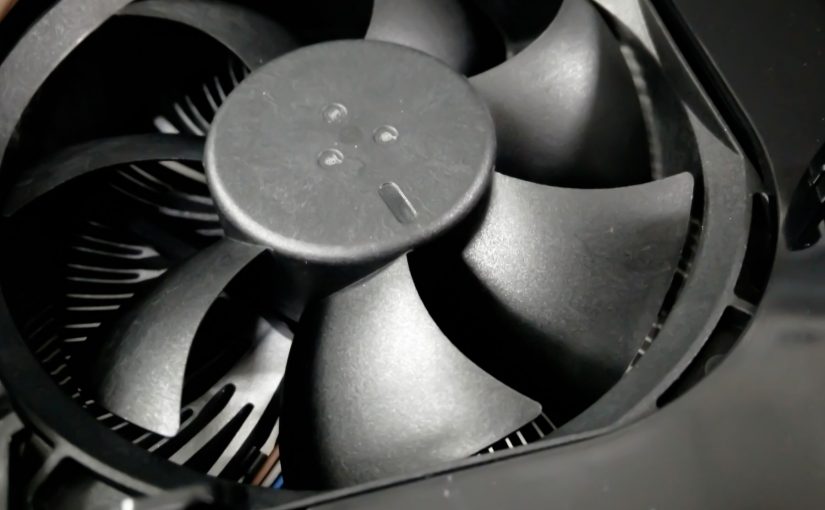Propane gas is a very clean burning gas that at the right levels is very safe. But at high levels it can produce carbon monoxide.
That’s why propane heaters are sold both as indoor heaters and as outdoor heaters separately.
Indoor propane heaters are specifically designed to be used indoors.
And outdoor propane heaters are designed to be used outdoors.
Indoor propane heaters come with extra safety precautions that protect against any threat of carbon monoxide poisoning occurring because of the propane that is being burned.
Outdoor propane heaters are not required to have the same level of safety precautions as indoor heaters because any carbon monoxide that is produced while the heater is being used, dissipates very quickly and easily.
Are propane heaters safe to breathe?
Yes propane heaters are safe to breathe around.
Indoor propane heaters are outfitted with extra precautions to ensure safe breathing indoors,
And any carbon monoxide that is produced by an outdoor propane heater, quickly dissipates because of wind and airflow it comes with being outdoors.
Carbon monoxide detectors
In a perfect world, appliances work forever and never break down.
The same goes for a propane heater or any other type of heater that you have in the house or outside.
Heaters eventually go out.
And it’s for that reason , Carbon monoxide detectors are always a good idea when using a propane heater indoors.
And yes it is true that propane has a chemical additive called Mercaptan that causes propane to have a very sour smell similar to rotten eggs or a rotting corpse,
And it is put there precisely for you to be able to smell it and identify it if a leak were to occur.
But that also puts you in a position of having to rely on your sense of smell even when it’s not functioning at full capacity.
Space heaters are generally used in the winter when the outdoor temperature is cold. That also happens to be the time of the year when colds and viruses are at their peak.
And viruses are one of the big reasons that people lose their sense of smell.
That’s just one example of why relying on your sense of smell alone is not a good idea when it comes to carbon monoxide.
Carbon monoxide detectors will alert you if your propane heater has a leak whether or not you can smell the propane or not.
You can also purchase carbon monoxide detectors that are bundled in with other types of detectors like a propane detector as well as other natural gas and explosive gases. Click here.
Summary
Are propane heaters safe to breathe?
It is safe to breathe around a propane heater provided that you are using a propane heater that is specifically rated to be used indoors, or you are using it outside where any kind of carbon monoxide will easily dissipate.
Propane is a very clean burning gas but at high levels can produce carbon monoxide.
That’s why propane heaters are rated as either an indoor propane heater or an outdoor propane heater.
The difference is that indoor propane heaters have extra precautions to keep you safe against any threat that would cause you not to be able to breathe.
But even though that is the case, it’s always suggested that you use carbon monoxide detectors anytime that you are using a fuel burning stove or heater indoors. That includes the chimney that you are burning wood in.






































